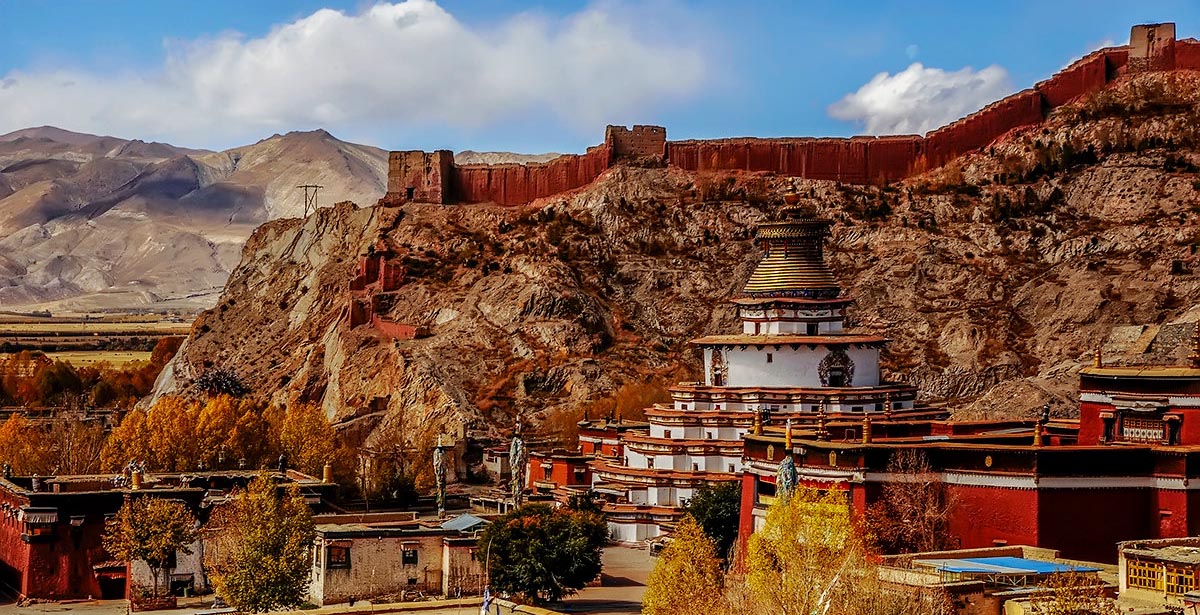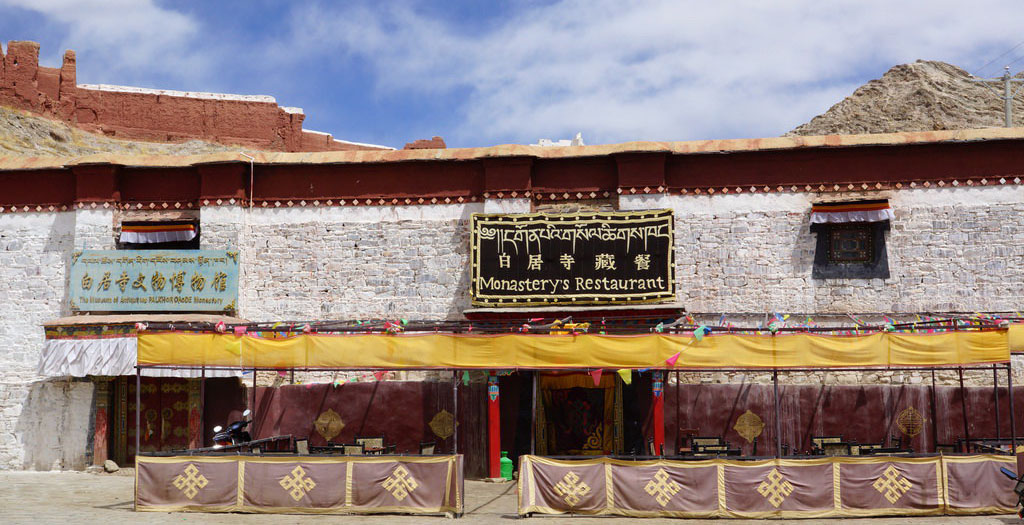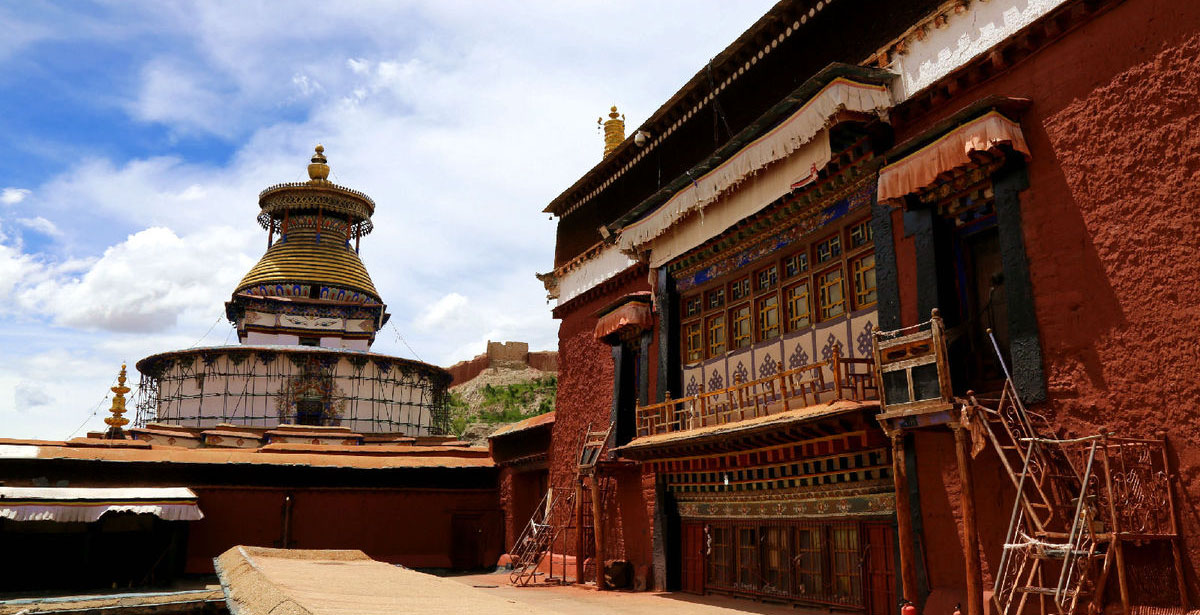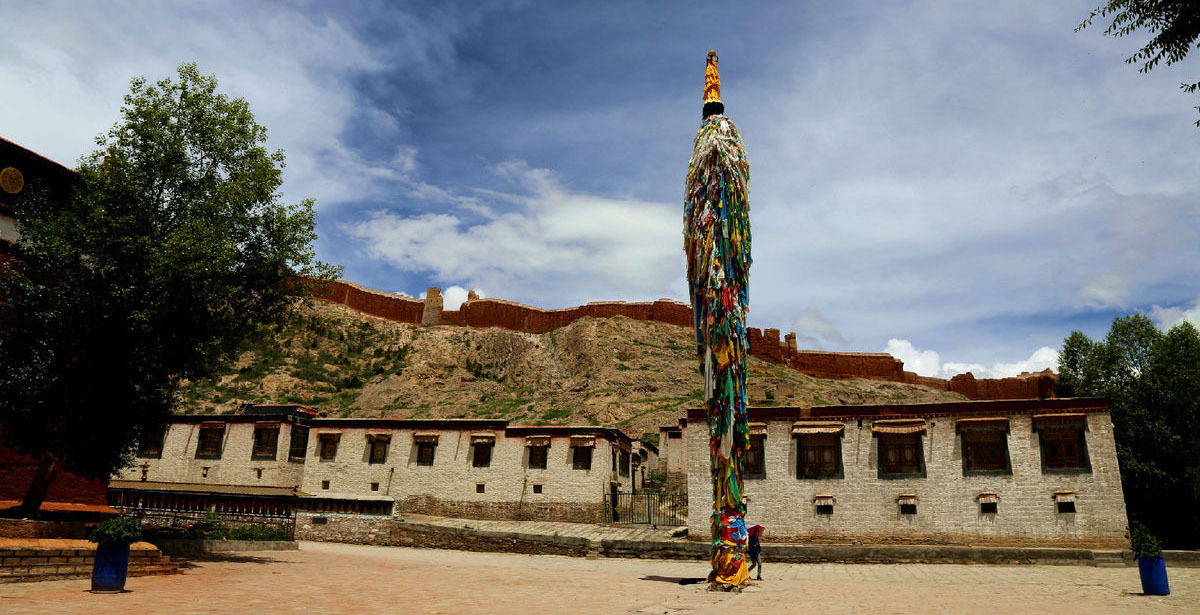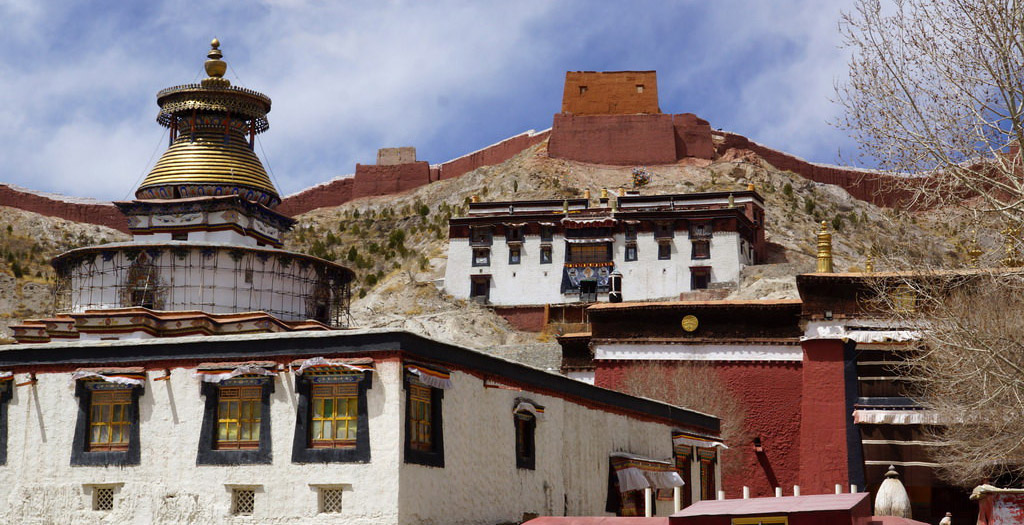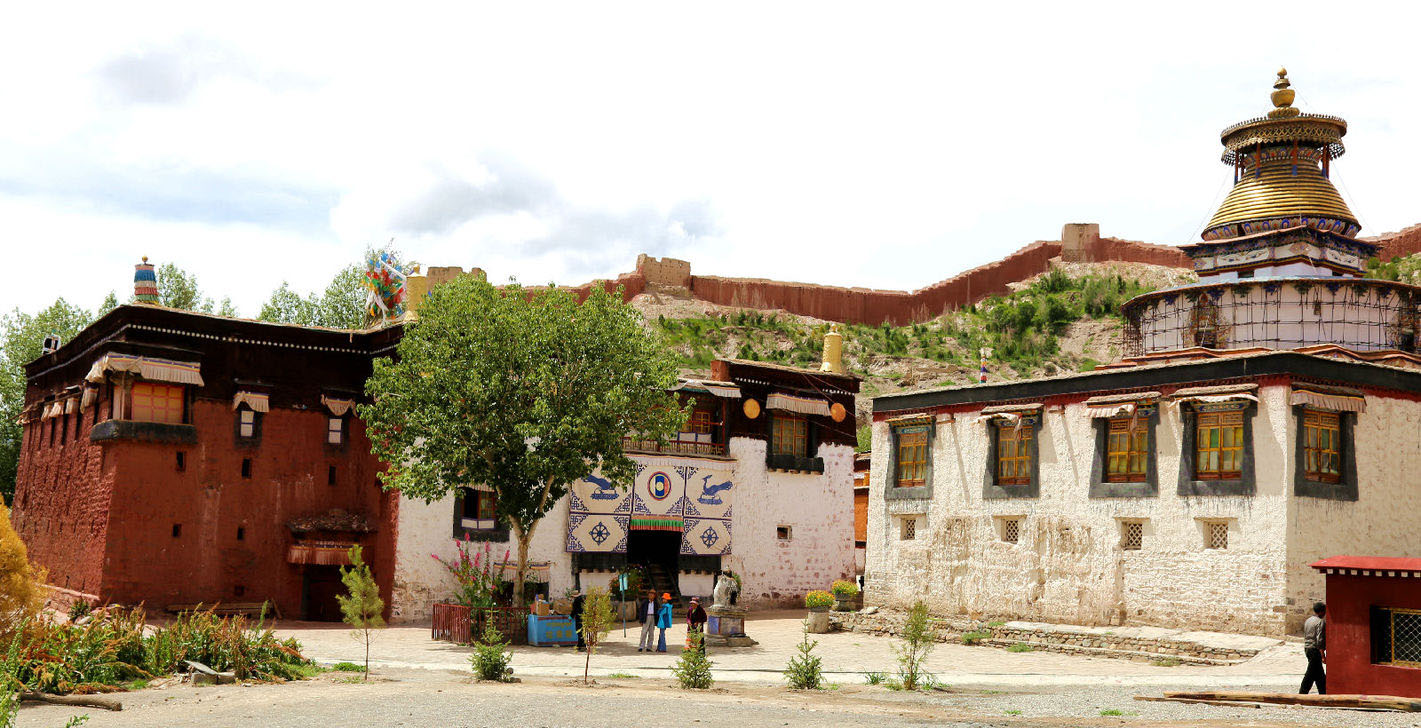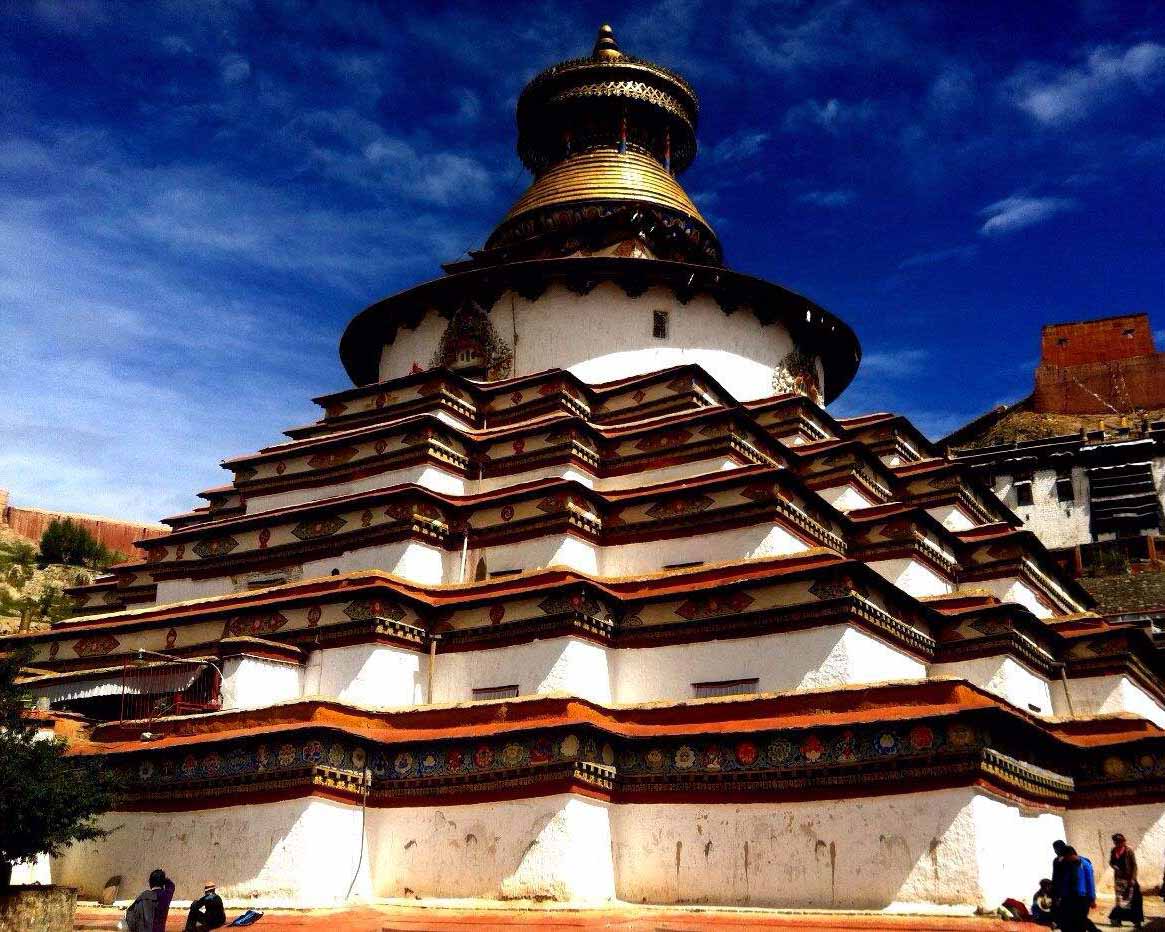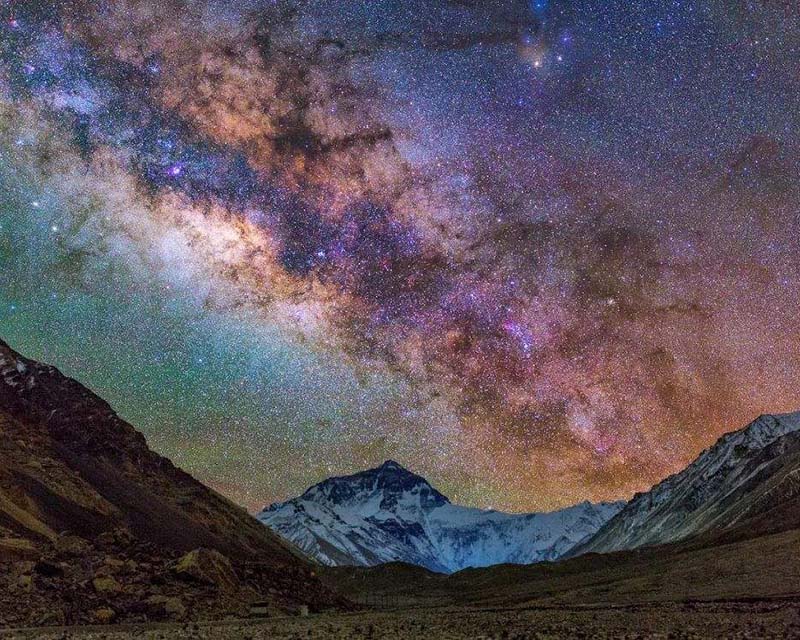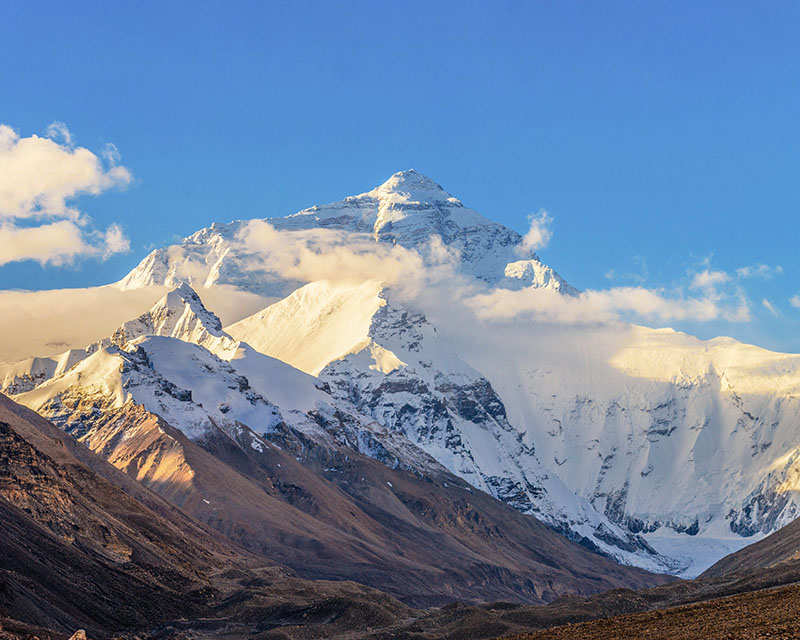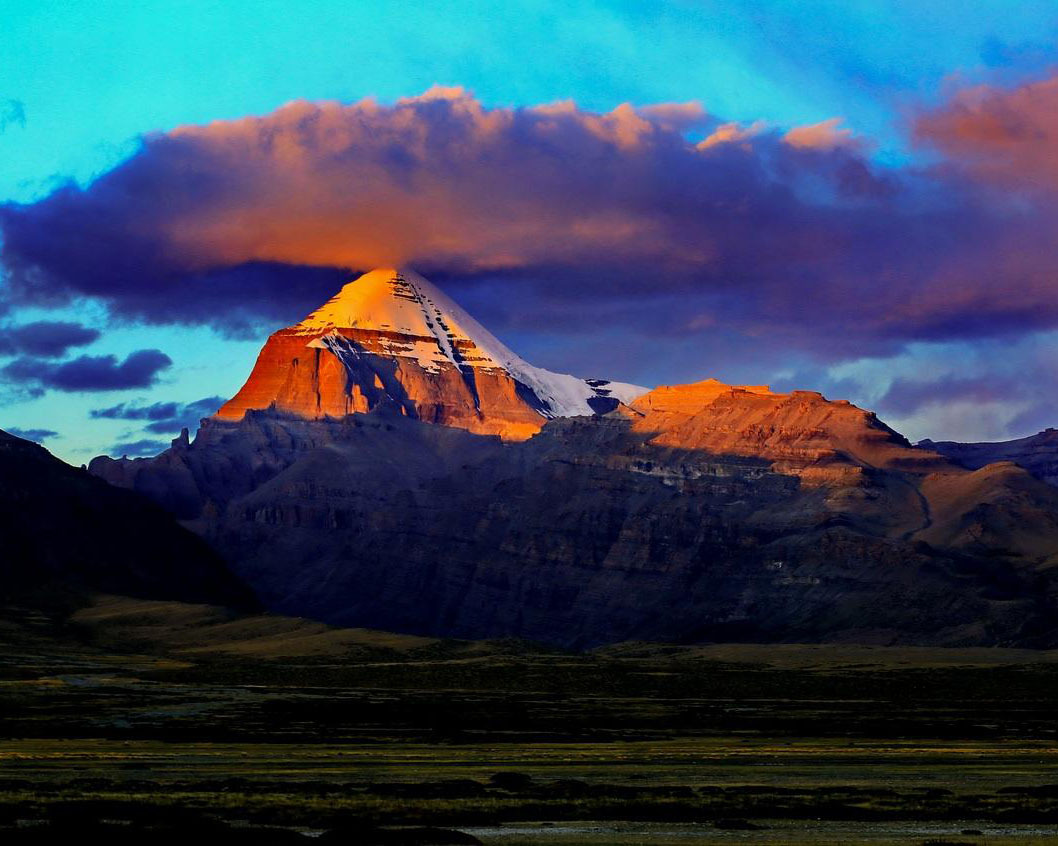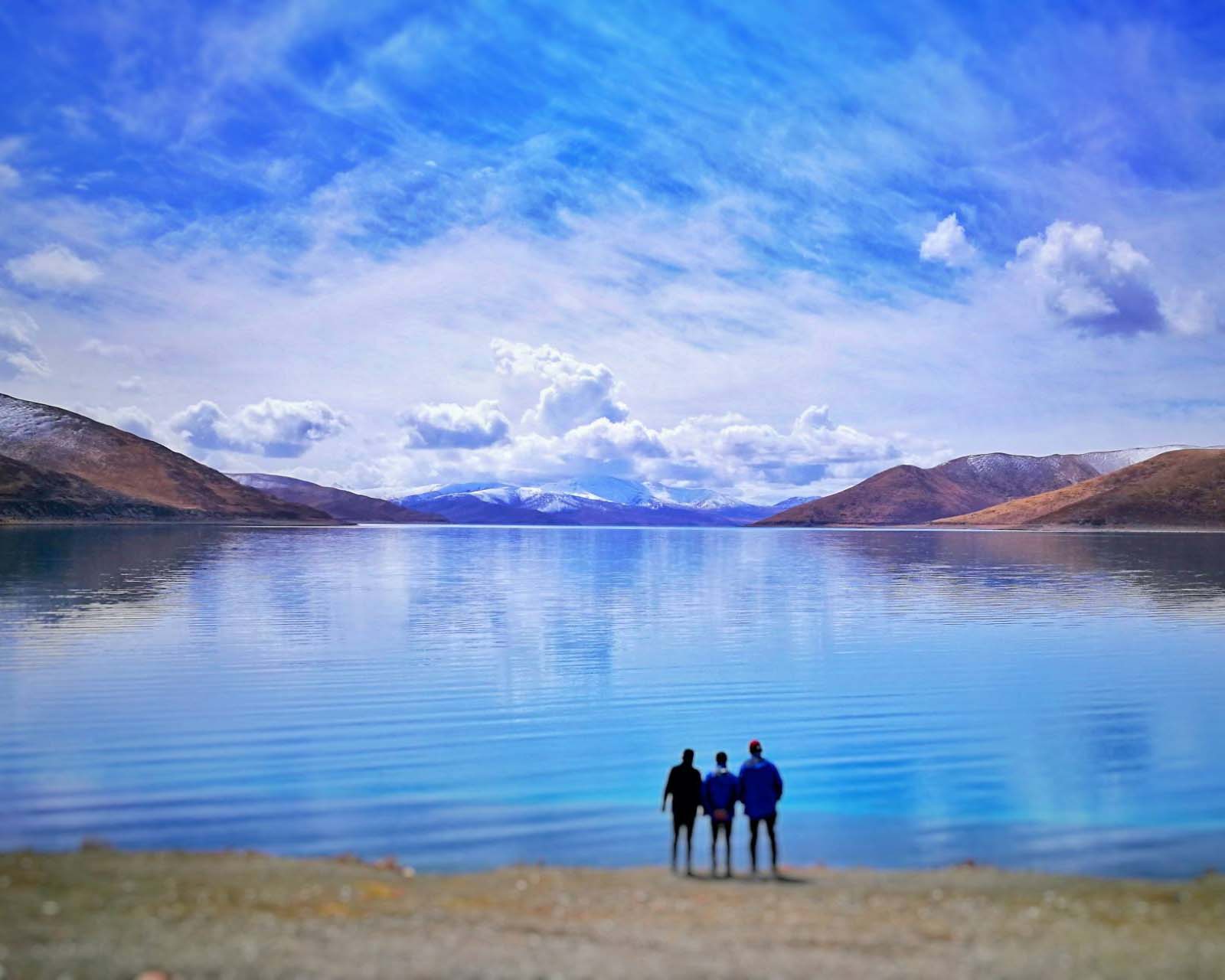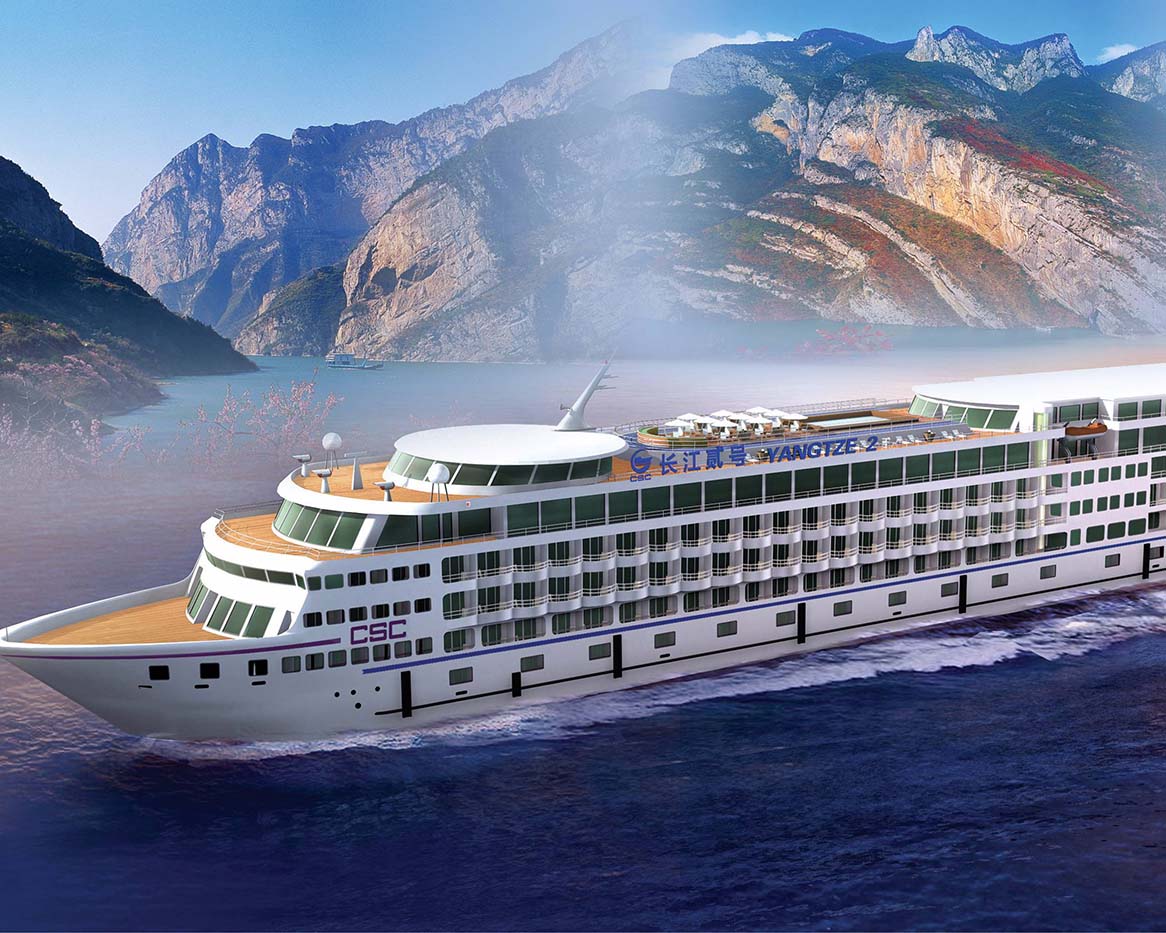Tour Code : C1979
Type : Historic sites
City / Province : Tibet
Built in : 1427A.D.
Pelkor Chode Monastery
Pelkor Chode Monastery means “Auspicious Wheel Joy Monastery” in Tibetan language. It lies at the foot of the Dzong Hill to the west of Gyangze Town. Encircled by mountains on 3 sides, the monastery is composed of 4 major parts: Buddhist halls, tower, Zhacang and surrounding wall. It is an important cultural relic protection unit on the level of the Tibet.
The grand Sutra Hall was built in the Ming Dynasty jointly initiated and supervised by the 1st Panchen Gelegs Phabzang and the Prince of Dharma Rabdain. It was completed and consecrated in 1425. Besides the main hall, there are the Dharma Hall, Arhat Hall and many other constructions. At the left side of the main hall enshrines an 8-meter tall glided bronze sculpture of Maitreya. The silk Thangka, 16 arhats’ sculpture, 3-dimensional Mandala and various sculptures all have a long history and unique style. The monastery treasures 1,049 sets of ancient Tibetan sutras which are most valuable for studying Tibetan religion and ethnic cultures. The monastery has 17 Zhacangs that belong to the Sakya (the major monastery is Sakya Monastery), Gagyu and Gelug (the major monastery is Ganden Monastery) sects ot Tibetan Buddhism. It is really rare among the Tibetan monasteries that several sects could coexist under one roof.
The main tower of the monastery was completed in 1436 with the name of One-Hundred-Thousand-Buddha Tower. It is 42.4 meters high and consists of 14 storeys from the tower base to the top banner. Taking up 2,200 square meters, the octagonal tower shrinks in size from the base to the top. With 108 doors and 76 niches, each of which hosts a dominant religious figure and mural, the tower is said to enshrine more than 100,000 Buddha statues.
Pelkor Chode Monastery
Pelkor Chode Monastery also attracts tourists and artists with it sculptures, murals and carvings. Great in volume, they are of very high standard among the best Tibetan art works. The most famous items are the murals. The murals which center on Esoteric Buddhism are presented in the Mandala style. They are mainly found inside the grand tower and the 2nd floor of the main Sutra Hall. The paintings have 3 types of themes: stories in Buddhist scriptures, stories about religious figures and historical figures. The murals in the monastery have gained inspiration from traditional art genres in Tibet to from its own natural and lively style. Named as the Gyangze Style, the murals have left deep influence on the Tibetan painting art. They are seen as representative works of the mature Buddhist art in the 14th-15th centuries and an important symbol of the peak that Tibetan Buddhist art reached in the 15th century.
Pelkor Chode Monastery
Got Question & Quick Answer
![]()
![]()
CONTACT INFO
PHONE:
EMAIL:
marcopolo@chinatoursnet.comWhatsApp:+86-13683536536iMessage:+86-13683536536
ADDRESS:
Room 208,Business Building AQiantongtian.Longgang Road,Haidian district,Beijing
WeChat:chinatoursnetSkype:chinatoursnet@outlook.com
WHY CHOOSE US

1:We are in Beijing
2:No hidden fees
3:Downtown hotel
4:professional tour guildes and drivers
5:Flexible tour time,private tour group,customized tour service
6:free mineral water
7:Guarantee enough visiting time
8:Guarantee your satisfactory with your choice
